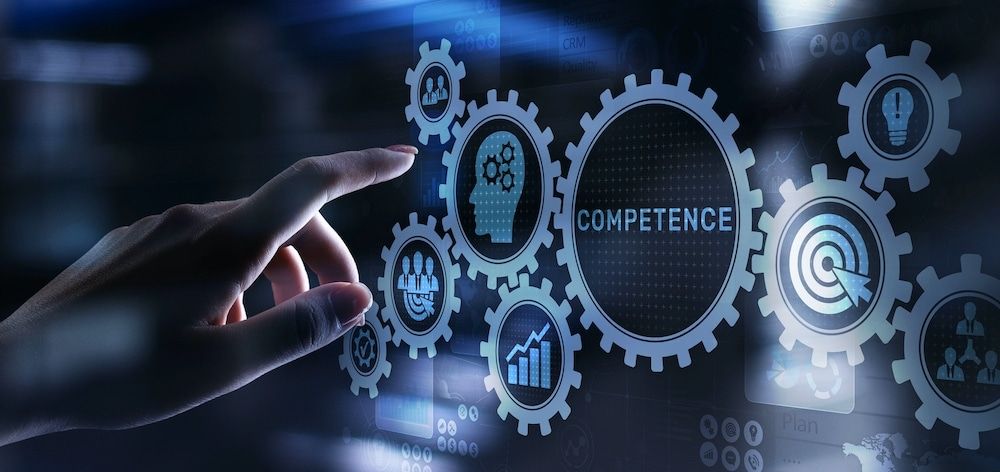The demand for and interest in creating technical competencies has significantly increased in the past few years. When the concept of competencies first emerged, the focus was largely on the behavioral factors that led to successful or exceptional performance in a job. The original positions targeted were generally leadership jobs. The models were created to identify and describe what differentiated the best managers from the rest.
The positions targeted for development of competency models have evolved to include a variety of individual contributor roles where there is much more emphasis on technical knowledge and skill requirements. We have found that technical competency models can be created using similar approaches to those we use in developing traditional behavioral (non-technical) with a few notable differences:
- For technical competencies, we are much more reliant on the expertise of incumbents and their managers to identify both the competencies and the behavioral indicators. While we may have an in-depth understanding of what the influence competency involves and the typical behavioral indicators, our understanding of an engineering competency called “uses technical models and tools” is very limited. We use resource panels made up of incumbents and managers to identify the technical competencies and create definitions for each.
- While using levels with behavioral competencies is common, we seldom see a technical model that doesn’t have levels. The 4 levels are typically labeled Basic Proficiency, Intermediate Proficiency. Full Proficiency, and Expert. Again, we rely on the SMEs to write the definitions of the levels as part of the resource panel activities.
- Finally, we work with the managers of the department to determine the technical competencies required for each job and the needed proficiency level. This builds consensus among the leaders about the technical requirements for each job. We also find that it defines the difference between jobs, e.g. the difference between an engineer 1 and an engineer 2, which is welcomed by the jobholders.
Technical competencies models can be used to define the essential levels of knowledge and skill that technical professionals need for effective performance. However, when it comes to determining what differentiates the best technical professionals from the rest, we find those answers lie within what we traditionally have labeled as the behavioral competencies.
We teach people how to create technical competencies and a technical competencies dictionary in our Creating Technical Competencies workshop.
Read more in these blog posts:
Launch of a Competency Modeling Project that includes Technical Competencies
How to include Technical Competencies in Competency Models
Managing Role-Specific Technical Competencies
Author: Dick Gerlach
 For additional information, call 800-870-9490, email edward.cripe@workitect.com
For additional information, call 800-870-9490, email edward.cripe@workitect.com
or use the contact form at Workitect.
©️2025, Workitect, Inc.


Leave A Comment